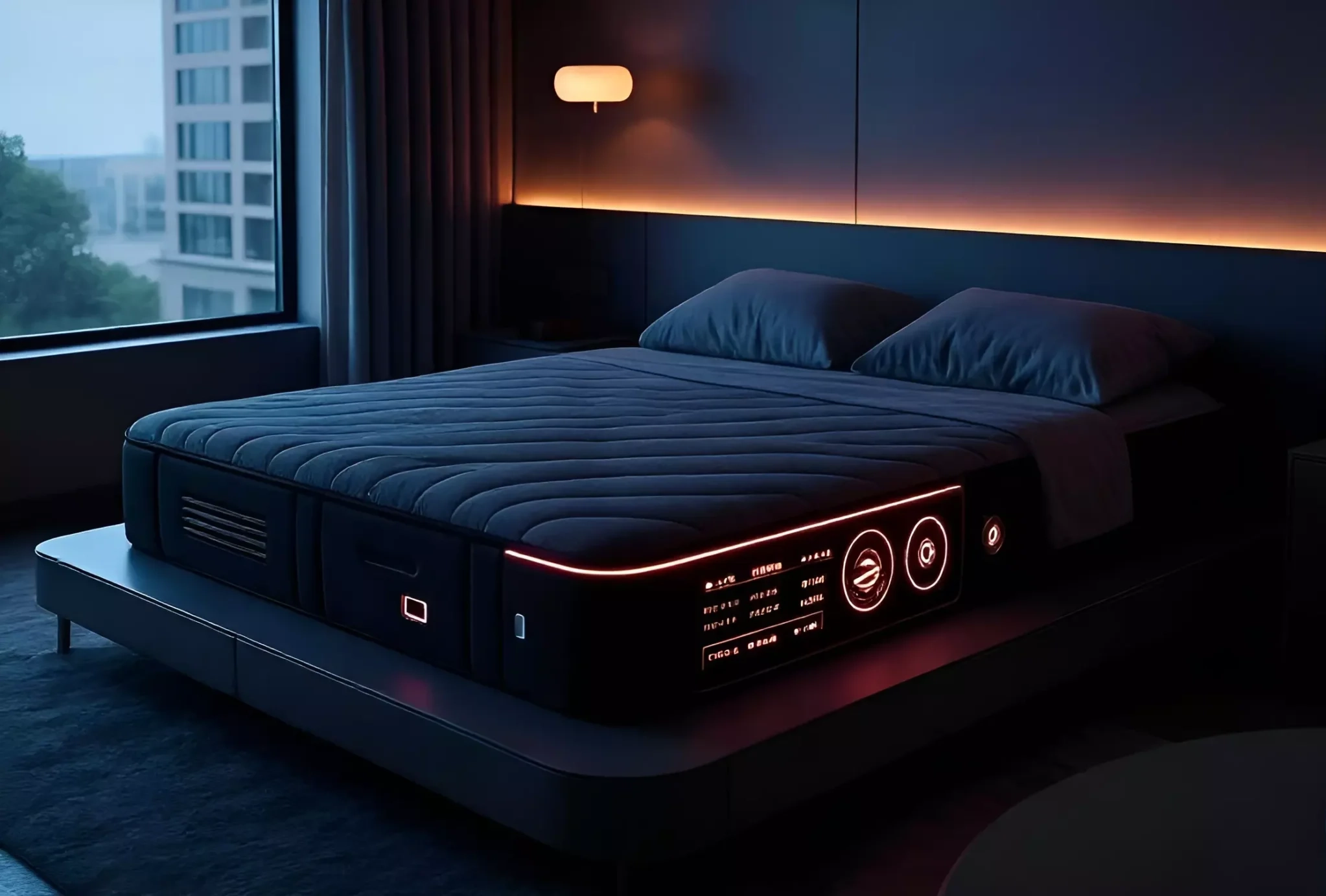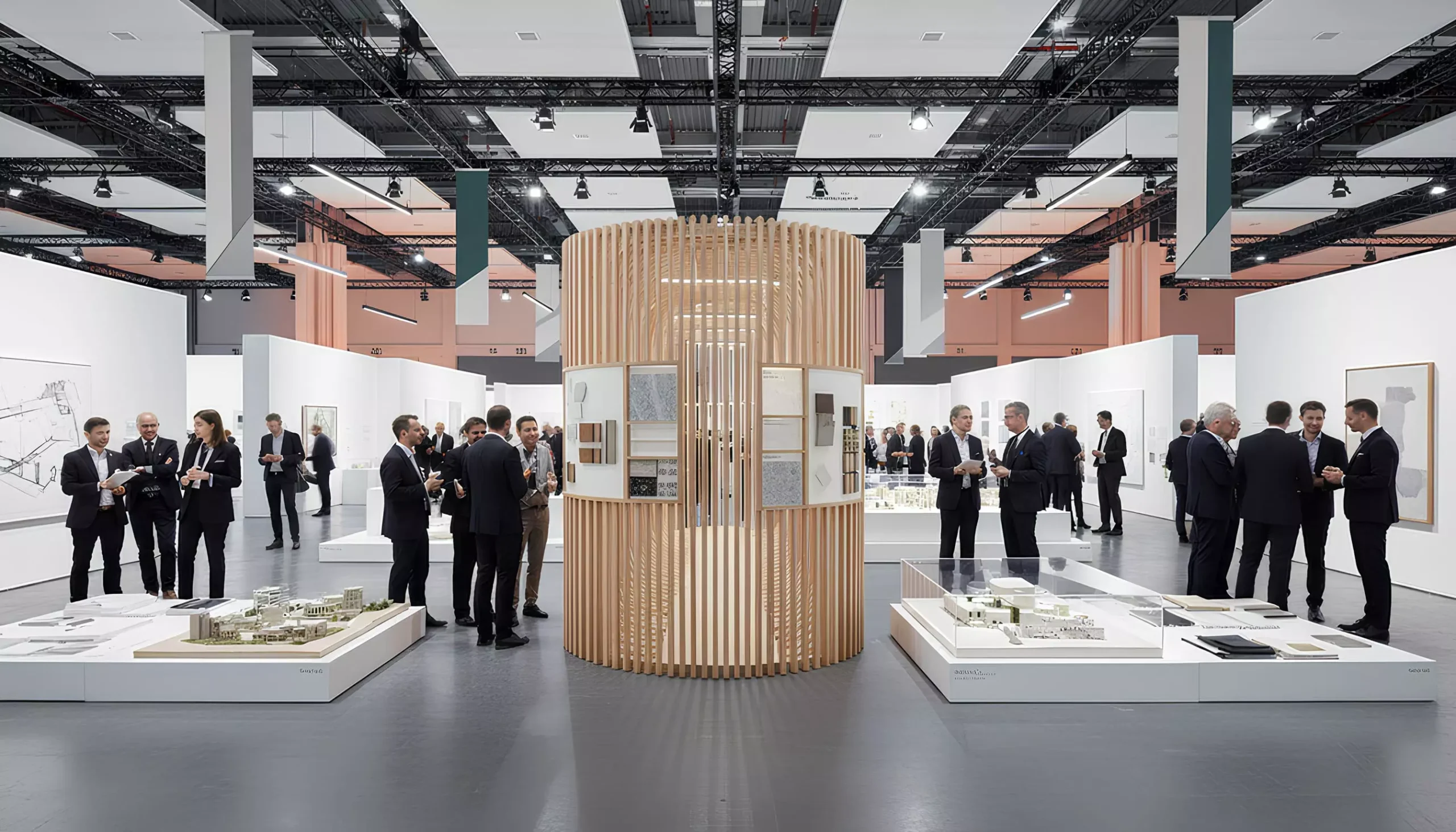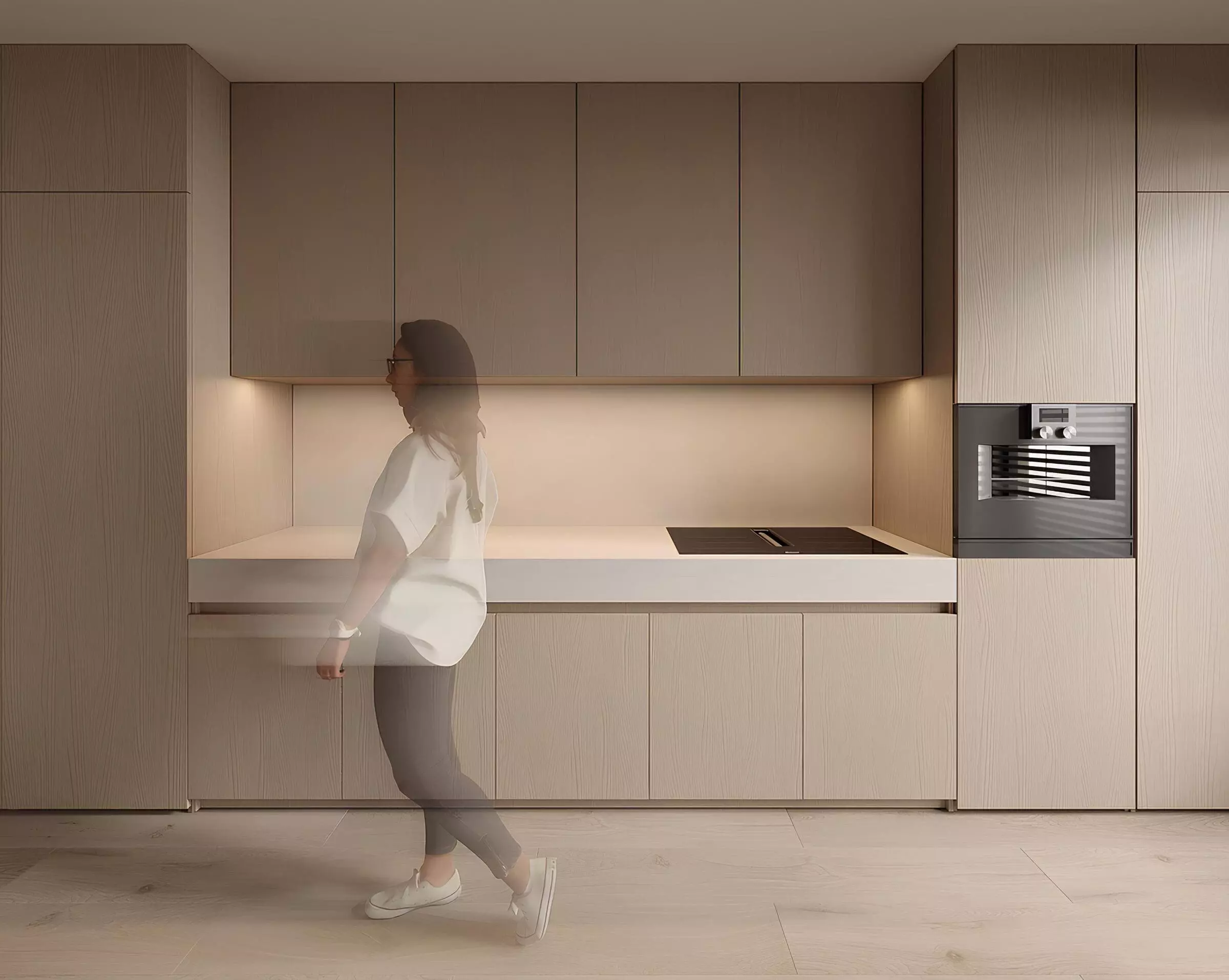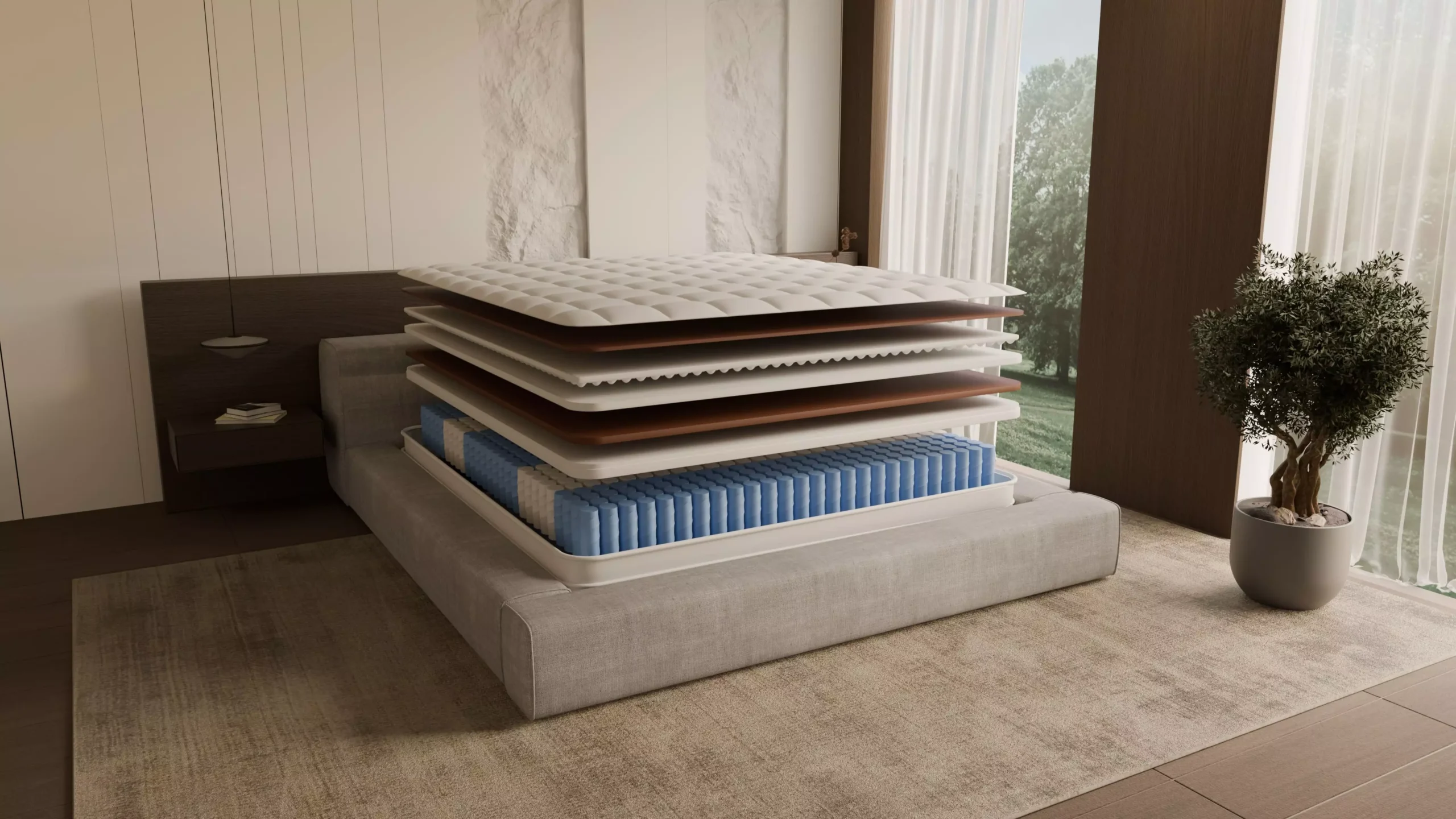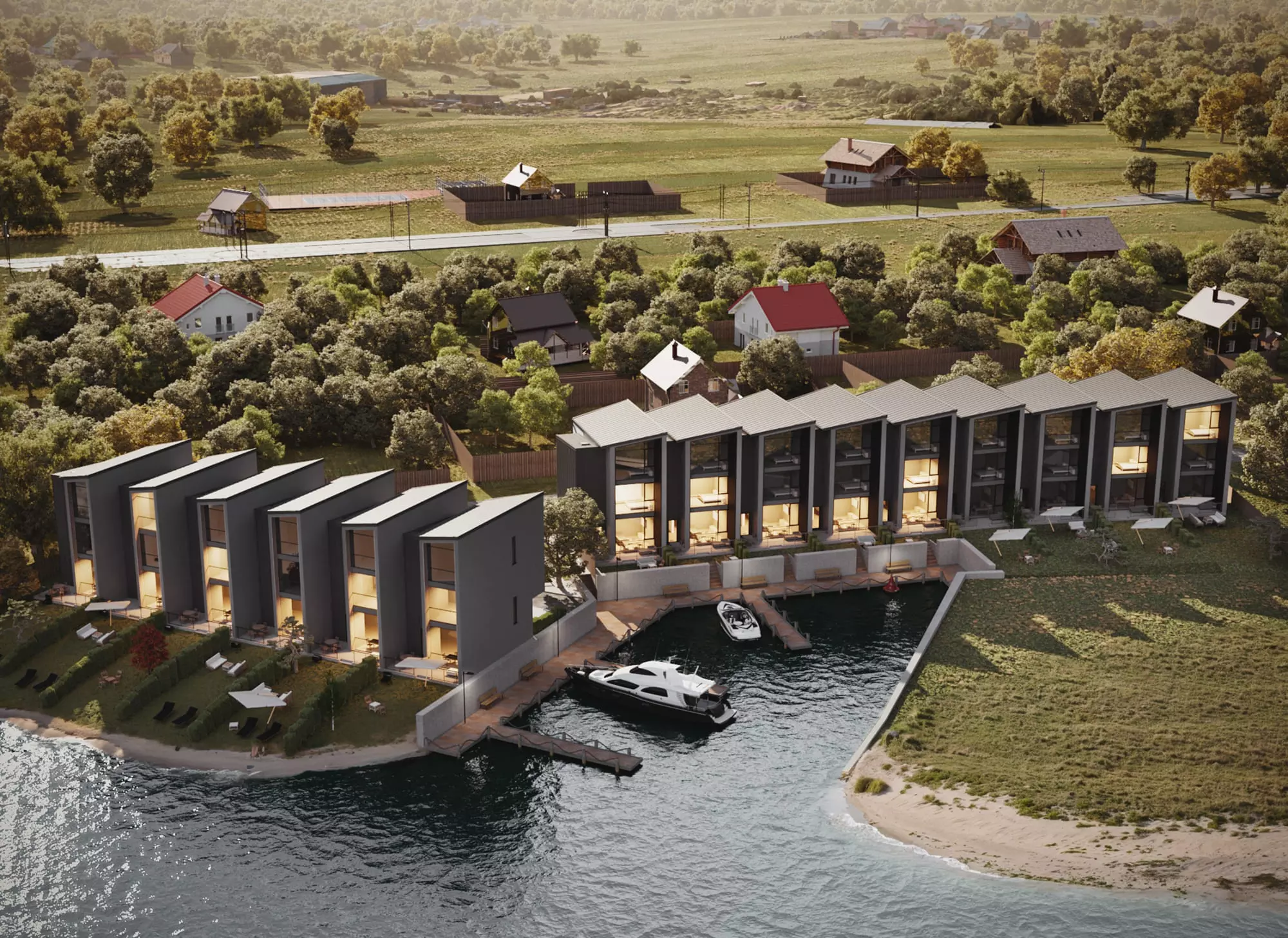Sleep quality used to depend on factors such as room temperature, lighting, and mattress comfort. Modern home technology has changed sleep. Recent technology developments sparked this change. Many of these advancements are part of “smart sleep technology,” which includes biometric monitoring tools, responsive bedding, and app-connected settings. These innovations tailor the sleep environment to improve quality. Smart technology is revolutionizing the way people sleep, as well as the design and experience of bedrooms.
Today, it’s not unusual for a mattress to adjust its firmness based on body movement or for lights to gradually dim in sync with circadian rhythms. Smart thermostats learn ideal temperatures for restful sleep and adjust accordingly throughout the night. Wearable devices track sleep cycles in detail, offering insights into light, deep, and REM stages—data once limited to sleep labs. Even white noise machines and aromatherapy diffusers can be automated to create a personalised bedtime atmosphere. As these technologies become more accessible, the bedroom is evolving from a static space into a responsive ecosystem designed to support deeper, more restorative sleep.
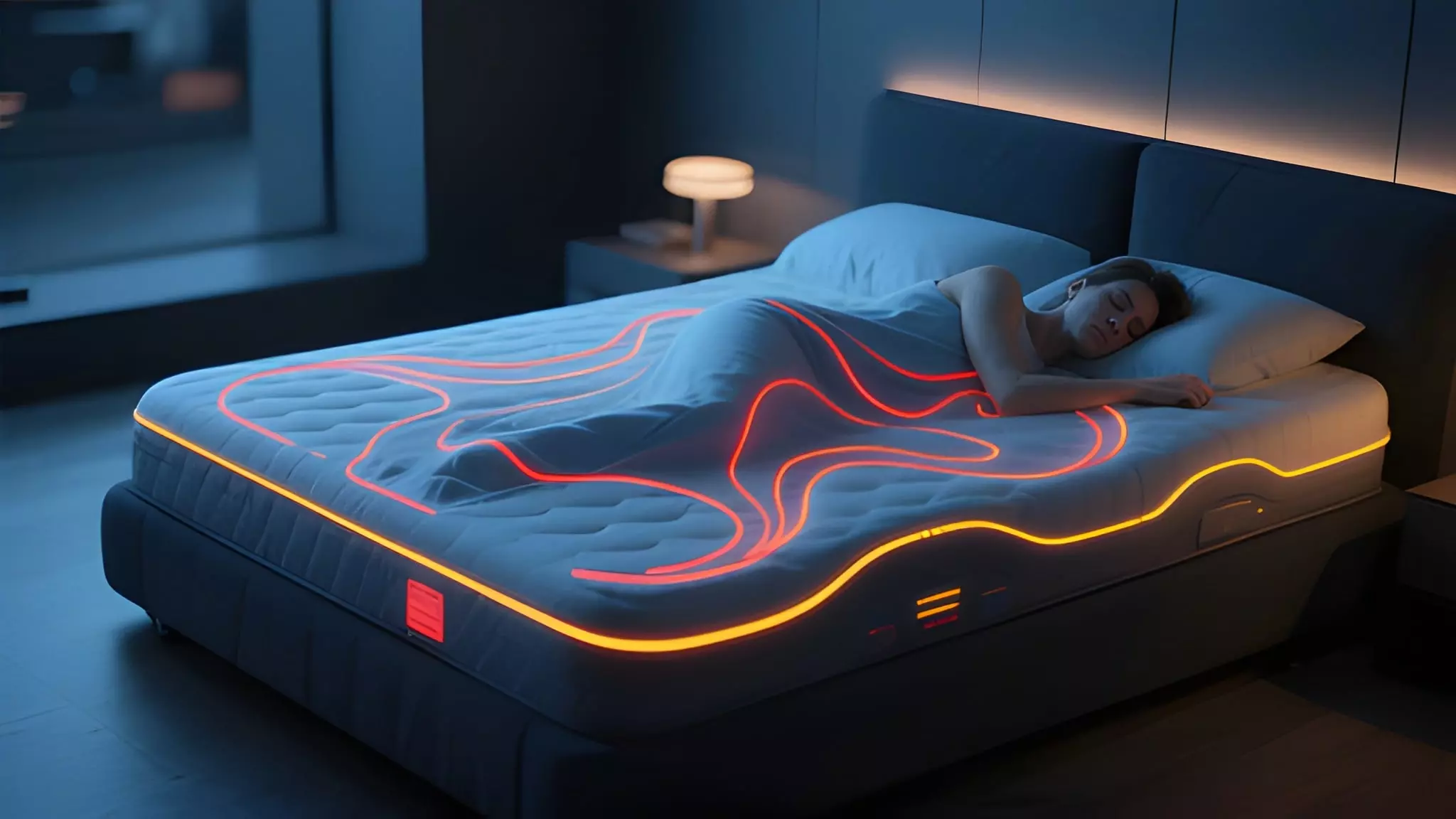
One of the Best Uses of This Technology
A queen mattress with such tech offers temperature control, motion isolation, and networking features that can sync with sleep-tracking software, making this technology a great asset. This is one of the most effective applications of this technology. These smart mattresses offer customized slumber. Real-time adjustments to firmness and support based on sleeping habits achieve this. These advancements represent the trend toward intelligent home design, where a single device or app learns and reacts to human activity, controlling everything from lighting to climate control. More connected and smarter homes reflect this trend.
Beyond sleep quality, these mattresses contribute to overall health monitoring by detecting anomalies in heart rate, breathing patterns, or restlessness. Some models can even provide tailored recommendations to improve sleep hygiene over time. When integrated into a larger home automation system, the bed becomes part of a feedback loop—working in tandem with smart thermostats, ambient lighting, and noise control systems to create an optimal sleep environment. As more consumers prioritize health, these intelligent sleep systems are becoming not only desirable but essential for a fully optimized home lifestyle.
The Intersection of Performance and Customisation
The most important aspect of intelligent sleep technology is personalization. Smart mattresses and accessories learn your preferences and bodily signals rather than being universally applicable. The criteria for international applicability have changed. Most modern mattresses incorporate sensors to track body movements, pulse rates, and respiration rates. This information is then used to alter mattress support zones or provide health insights through partner mobile apps. Mobile apps are available for both. Smart pillows may silently vibrate to stimulate side sleeping, which can be helpful for snorers and individuals with nighttime breathing problems.
And the bedroom is more inviting. Intelligent lighting may gradually darken evenings to stimulate melatonin production and mimic dawn in the morning, helping users wake up naturally. We want users to wake up naturally. Thermally regulating sheets and duvets adjust to your body temperature during the night to help you sleep more comfortably. Even the furniture itself is evolving: advanced rendering technologies now allow users to visualize and customize bedroom layouts in real time, ensuring that every piece—from bed frames to nightstands—fits both their aesthetic and functional needs. High-fidelity 3D models help users experiment with materials, colors, and configurations before making a purchase, making the process of designing a restful space more interactive and personal. The combination of these elements generates an ecology that promotes physical and mental health beyond comfort. Combining these pieces creates this environment.
The Design Was Tailored to the Clever Sleeper
Home interior design must accommodate tech-connected homes. A relaxing bedroom in today’s culture must be both functional and attractive. Wireless charging, soundproofing, and minimalistic patterns are becoming increasingly popular. Furniture with these attributes is becoming more widespread. The aesthetic stresses peaceful, inventive, and technical situations.
Families considering smart sleep solutions need a smart mattress, suitable lighting, and connected apps. They should also choose the correct parts. An ideal queen mattress is the centerpiece of a favorable sleep environment. This is especially true when the mattress employs AI to release pressure and straighten the spine.
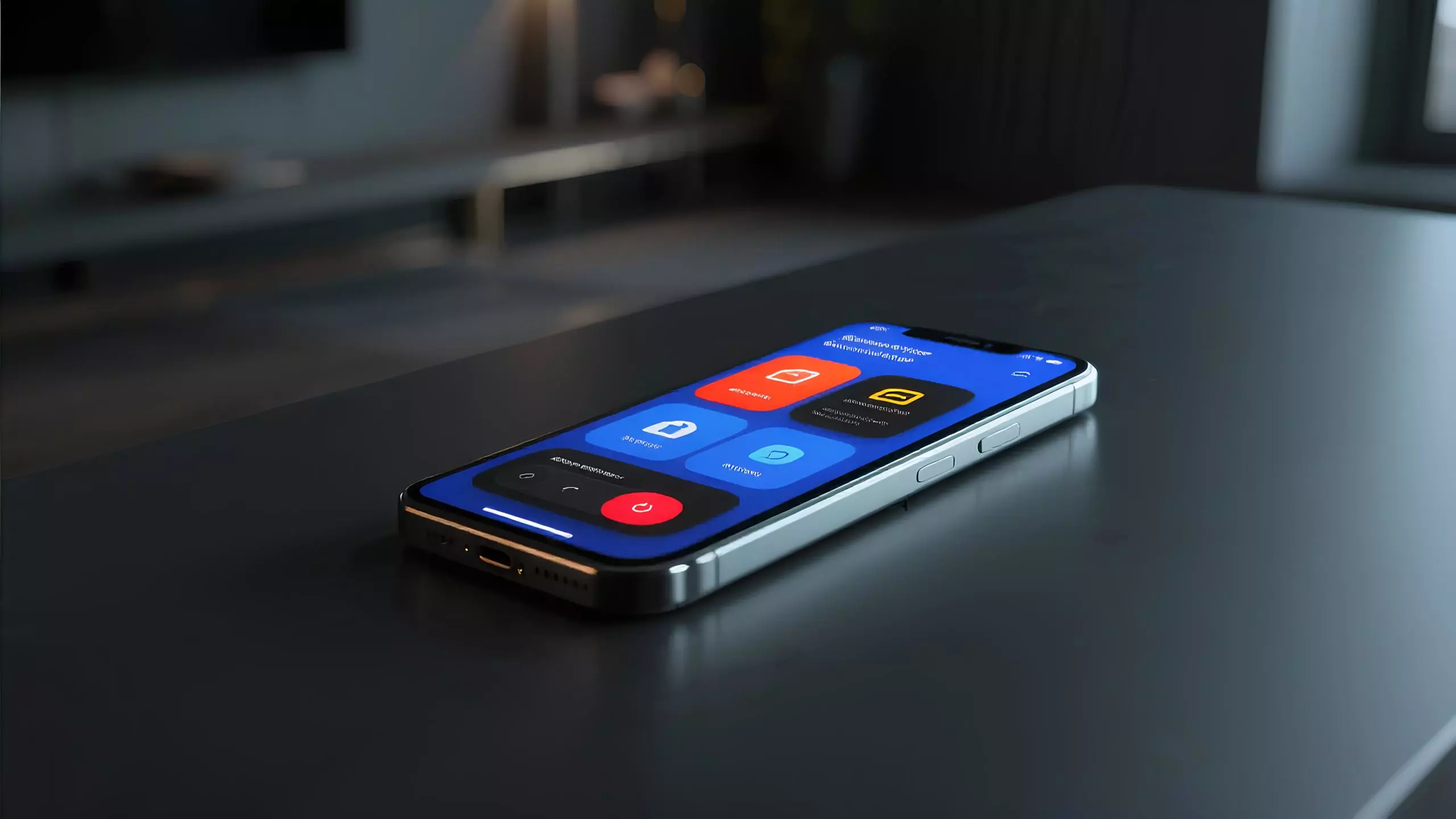
To truly complement modern sleep technology, the entire bedroom should be treated as a cohesive ecosystem. That means more than just inserting a gadget here or there—it involves thoughtful design that blends convenience with tranquility. Smart blinds that open gradually with the sunrise, climate control systems that maintain optimal temperature zones, and ambient lighting systems that respond to sleep cycles all enhance the overall environment. Storage solutions are also evolving, with built-in USB ports and cable management becoming standard in nightstands and bed frames. The goal is to eliminate clutter and stress while maximizing relaxation and ease of use. A bedroom equipped with such features supports not only better sleep but also a smoother, more intentional wind-down routine, proving that design and tech don’t just coexist—they thrive together.
Future Rest Will Begin at Home
Intelligent sleep technology is becoming standard in modern families. The utilization of smart sleep technology is increasing. Customers are increasingly recognizing the importance of sleep to their overall health, productivity, and well-being, driving demand for smart bedroom solutions. Technology enhances life and promotes proactive health care, starting with relaxation. These technologies allow homeowners to build smart, attractive bedrooms. People must adopt wise sleep management practices for optimal health and to reach their full potential.
From smart alarms that wake you during light sleep phases to AI-powered beds that monitor heart rate and breathing, these innovations are reshaping how we think about rest. Voice assistants can dim lights, play calming sounds, or initiate meditation routines—all with a single command. As awareness grows, so does interest in creating fully integrated spaces that respond to individual needs. Intelligent sleep systems are no longer luxuries; they’re essential investments in long-term health, performance, and peace of mind.
Blog Sign up for new articles


